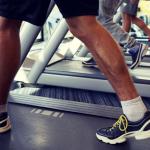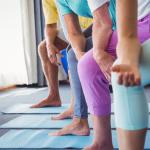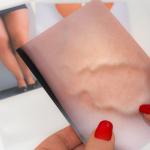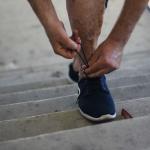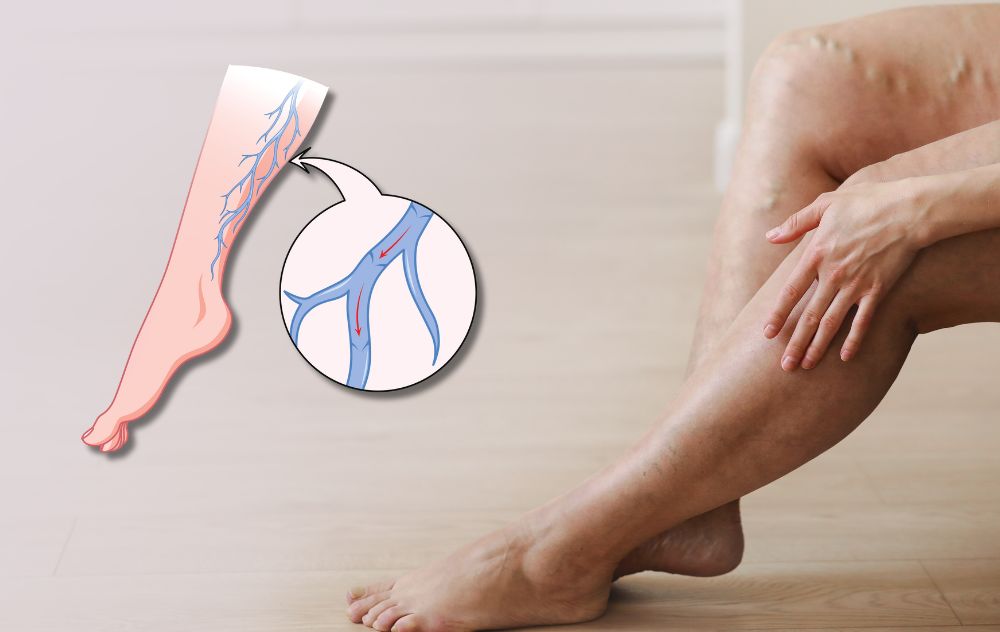
If you often feel heaviness, tingling, or cramping in your legs, poor circulation might be the cause. Healthy blood flow is essential for delivering oxygen and nutrients to your legs — and when circulation slows down, it can lead to discomfort, swelling, varicose veins, and more serious complications if left untreated.
Fortunately, there are several ways to naturally boost blood flow to your legs. Whether you’re looking to improve vascular health or manage chronic venous insufficiency, these tips can help get your circulation moving in the right direction.
Why Does Blood Flow Matter?
Blood carries oxygen and nutrients to your muscles and tissues. When circulation is poor, especially in the legs and feet (a common issue due to gravity), it can result in:
-
Fatigue or heaviness in the legs
-
Swelling or fluid retention
-
Cold feet and toes
-
Varicose or spider veins
-
Slow healing wounds or ulcers
Improving circulation in legs can reduce these symptoms and support long-term vein health.
7 Ways to Increase Blood Flow to Your Legs
1. Get Moving
Regular exercise is one of the best ways to improve leg circulation. Activities like walking, cycling, and swimming help your calf muscles pump blood back toward your heart. Aim for 30 minutes a day to see benefits.
2. Elevate Your Legs
Give your veins a break from fighting gravity by propping your legs above heart level for 15–20 minutes a few times a day. This can reduce swelling and encourage blood flow back to the heart.
3. Wear Compression Stockings
Compression therapy is a proven way to support vein function. Graduated compression socks gently squeeze your legs, improving blood flow and reducing symptoms like leg fatigue and varicose veins.
4. Stay Hydrated
Proper hydration keeps your blood from becoming too thick or sticky, which can slow circulation. Aim for at least 8 glasses of water a day.
5. Avoid Prolonged Sitting or Standing
Sitting or standing for long periods can hinder blood flow. Try to take short walks or stretch every 30–60 minutes to keep blood moving.
6. Eat for Circulation
A diet rich in antioxidants and anti-inflammatory foods can support vascular health. Think leafy greens, citrus fruits, fatty fish, and foods high in vitamin C, E, and omega-3s.
7. Consider a Vein Evaluation
If leg discomfort persists or you’re noticing visible vein issues, it may be time to consult a specialist. Conditions like chronic venous insufficiency or peripheral artery disease may require medical treatment.
When To Get a Medical Help
Improving circulation through lifestyle changes is important — but sometimes, symptoms like swelling, discoloration, or leg ulcers can be signs of an underlying vascular condition. At USA Vein Clinics, our vein specialists use advanced diagnostics and non-surgical treatments to restore healthy blood flow.
Don’t wait until symptoms worsen. Schedule a consultation to understand the root cause of your discomfort and explore treatment options.
Ready to take the first step toward better circulation?
Find a USA Vein Clinics location near you and book your consultation today.

